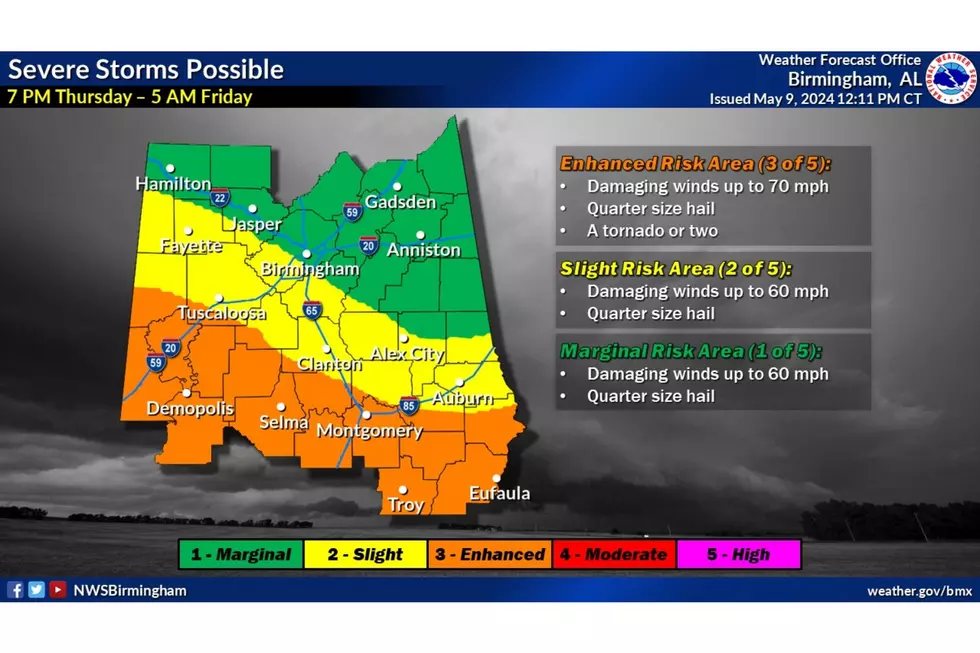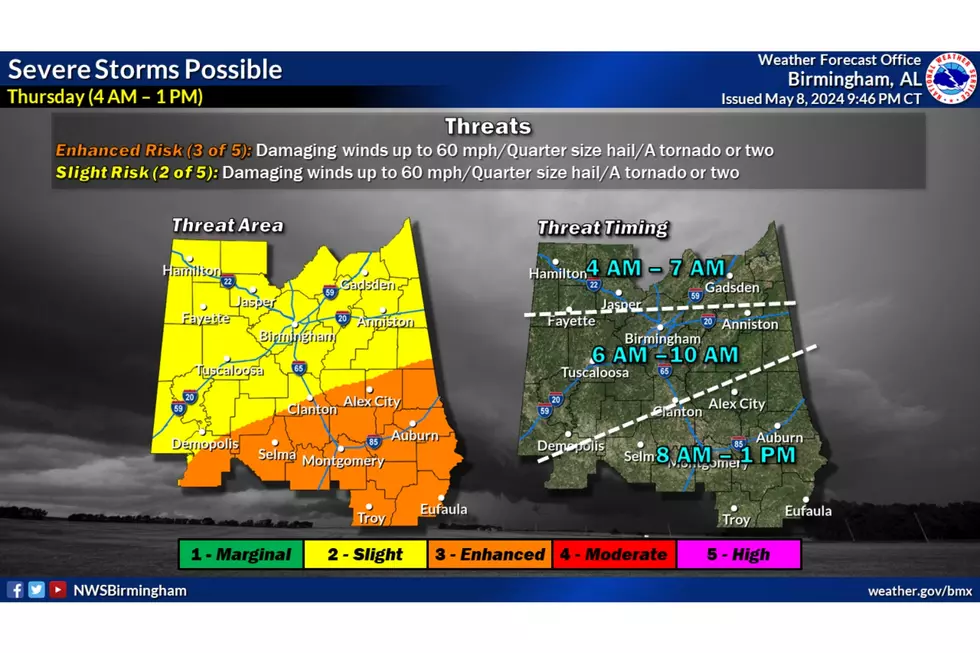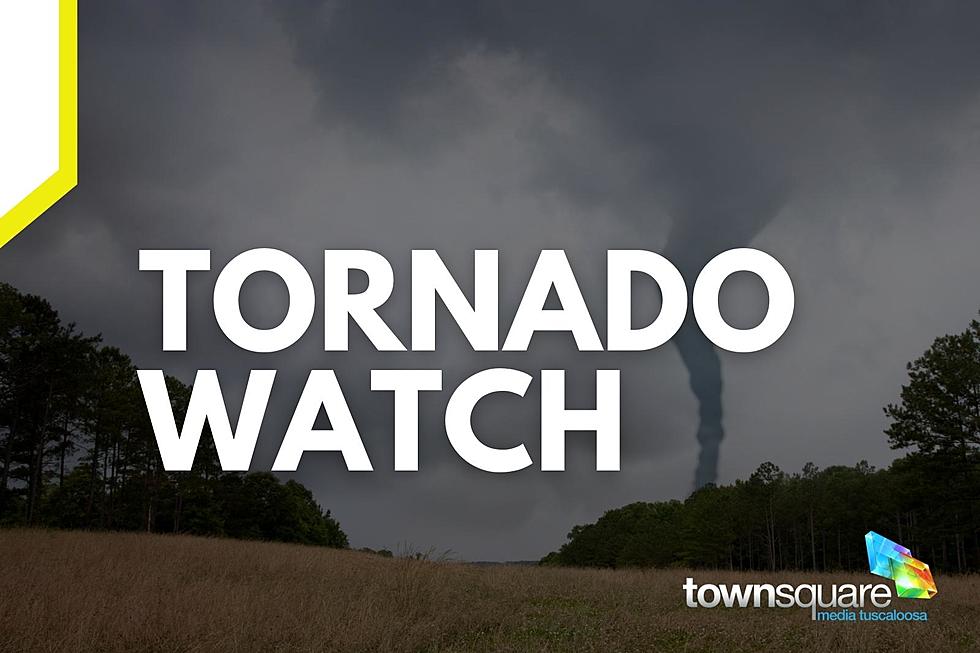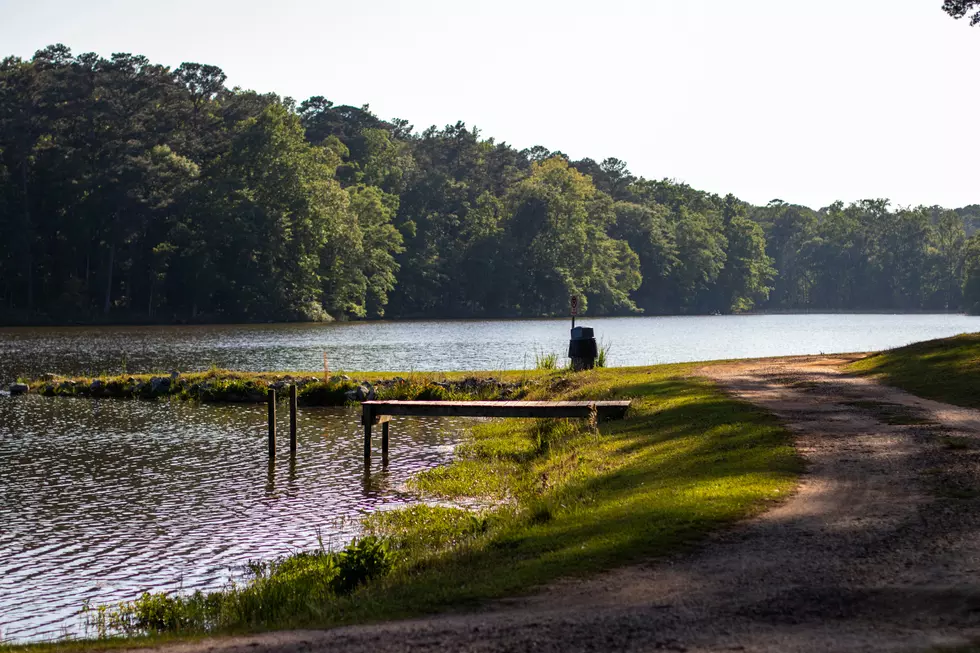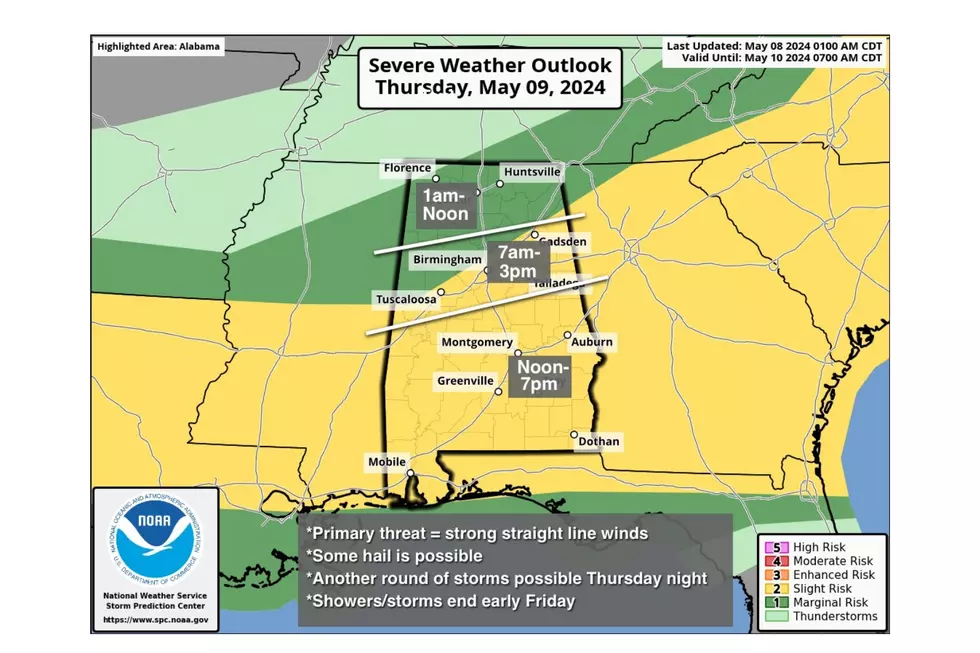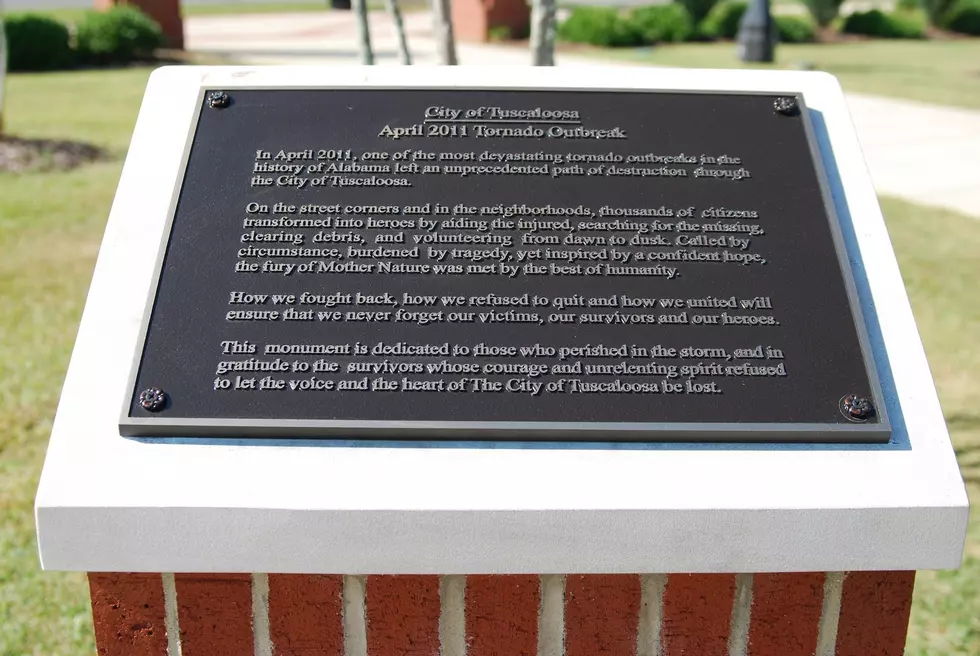
Tragic 2011 Tornado Outbreak Remembered
Throughout our lives there are events that remain with us in our hearts and minds. Among them are proud moments such as a weddings and births, others are happy such as Alabama winning national championships and children graduating; then there are the heart-rending moments such as deaths of a loved-one and tragic disasters.
One of those heart-rending memories that will always be with those of us who experienced it, is the historic tornado outbreak of April 27, 2011. Thirteen years ago today we were hit by the largest, costliest and one of the most significant tornado outbreaks ever. In Tuscaloosa alone it took from us 44 family, friends and neighbors. Six of those who perished were University of Alabama students. Some 13% of the City of Tuscaloosa was damaged or destroyed by the EF-4 twister with winds of 200mph.
The Storm Prediction Center (SPC) and National Weather Service Field Office in Birmingham had been right on top of the forecast. For at least a week they had been issuing "heads-up" that a significant weather event was coming over several days. That advanced alert had people, institutions and businesses prepared. But nobody could prepare for the ferociousness of the multiple, high-end, long-track tornadoes that raked across Alabama and the south that day.
SPC issued a moderate risk of severe weather for three consecutive days, April 25-27, centered over from Texas to Georgia to begin with. Then SPC upgraded the risk to a particularly dangerous situation (PDS) tornado watch for much of Arkansas and parts of Missouri, Oklahoma, Texas, and Louisiana on the 25th and 26th. Alabama and Mississippi were later added to the PDS watch for the 27th.
On the 25th several tornadoes were reported in Texas, Arkansas, Louisiana, and Oklahoma. Some of them were significant EF-3 or better. A total of 42 tornadoes and five tornado-related deaths were confirmed on the 25th.
On the 26th a high risk of tornadoes was issued for states west of Mississippi. A total of 55 tornadoes were confirmed that day, although no fatalities occurred.
Then came the 27th, literally the "Day of the Killer Tornadoes" across the mid-south. The Storm Prediction Center received 292 reports of tornadoes, 62 of them touched down in Alabama. More than 200 tornado warnings were issued across Alabama alone that day.
The human toll from the outbreak in Alabama was astonishing. Alabama Emergency Management Agency officials recorded 249 fatalities with thousands more injured. Cullman, Hackleburg and Tuscaloosa were among the hardest hit. Hospital emergency rooms across the region overflowed for hours.
After touching down briefly in Greene County a monster EF-4, almost EF-5, tornado crossed into Tuscaloosa County at 5:10p.m. It was one of the best documented twisters ever, as TV station tower cams and ALDOT traffic cams focused on the storm as it churned its way toward Tuscaloosa.
The first to be hit was the Tuscaloosa County Emergency Operations Center, the loss of which made the emergency response that much more difficult. The funnel then wrecked the Rosedale Public Housing Courts, destroyed a student apartments complex, cut across Hackberry Lane destroying an apartment complex and the Forest Lake neighborhood. Moving just south of and narrowly missing DCH Medical Center the twister saved some of its worst for last as it devastated Alberta and portions of the Holt Community.
Emerging from the debris at the Tuscaloosa County EOC officials feared the worst as countless sirens could be heard across the city. At City Hall, Tuscaloosa Mayor Walt Maddox, "feared there would be a thousand lives lost" in the rubble.
Had it not been for first responders in Tuscaloosa, Northport, surrounding communities and counties, the death toll that day would have been much higher. They were quick on the scene and worked exhaustingly long hours pulling people from the debris. With their Alberta Fire Station destroyed, firefighters there still saved lives in the devastated community around them.
Though nowhere near a thousand, we remember those who lost their lives and lost loved ones or friends with sadness. But we remain thankful that the hundreds of injured survived.
Moving east, the same storm left damage in Jefferson County. The superstorm system dropped tornadoes on Georgia and South Carolina and east coast states before moving out into the Atlantic on the 28th.
Across the south total damage estimated by FEMA were greater than $10.2 billion with 321 total fatalities from 344 tornadoes. According to the National Weather Service, in terms of violent tornadoes, the event ranks third with 15 EF4/5 storms, behind only the 1974 Super Outbreak and 1965 Palm Sunday outbreak.
So far, this April has been relatively quiet with only a handful of tornado warnings in Alabama but the memory of what can happened has kept us alert ever since April 27, 2011. Anyone who was not here that fatal day need do nothing more that visit the memorials in Alberta and Rosedale. They tell the story of how memories of heroes and the lives lost blend into an emotional lifetime memory.
More From 95.3 The Bear


